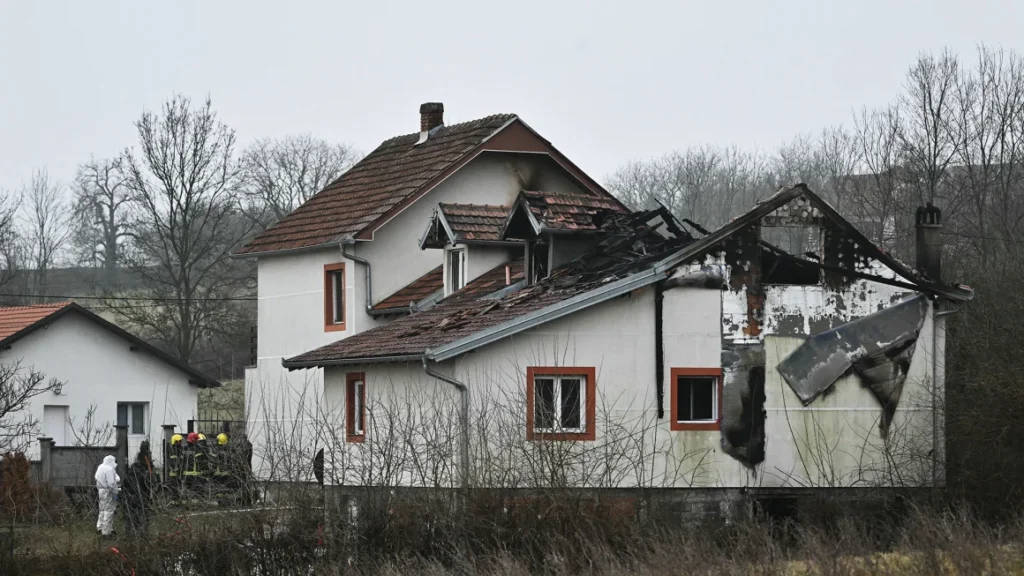A devastating fire ripped through a nursing home in Barajevo, a municipality on the outskirts of Belgrade, Serbia, early Monday morning, leaving eight residents dead and seven injured. The blaze, which authorities suspect was deliberately set, has sent shockwaves through the Serbian elder care community and raised urgent questions about safety and security in such facilities.
The fire erupted around 3:30 a.m. local time, while most residents were asleep. “This is a huge tragedy, but it could have been even worse,” Luka Causevic, head of the government’s department for emergency situations, told RTS, Serbia’s state TV. He noted that 30 people were inside the home when the fire broke out, highlighting the potential for an even greater loss of life.
Emergency services responded quickly, extinguishing the flames and transporting the injured to hospitals in Belgrade. One woman remains in critical condition, requiring a ventilator.
“There are indications that this tragedy was caused by criminal activity of one individual,” stated Nemanja Starovic, the Minister for Labor, Employment, and Social Issues, in an interview with RTS. The prosecutor’s office later confirmed that one of the residents, who perished in the fire, is suspected of arson.
This incident underscores the critical importance of fire safety protocols and preparedness in nursing homes. According to the National Fire Protection Association (NFPA), “between 2011 and 2015, U.S. fire departments responded to an average of 4,020 fires in nursing homes per year.” While the NFPA statistics focus on the U.S., the tragedy in Belgrade serves as a stark reminder of the universal need for vigilance and comprehensive safety measures in elder care facilities worldwide.
The investigation into the fire is ongoing, and authorities are expected to release a detailed statement later today. This tragedy will undoubtedly prompt a renewed focus on fire safety regulations and resident monitoring in Serbian nursing homes, as well as fuel discussions about mental health support for residents in such facilities.


